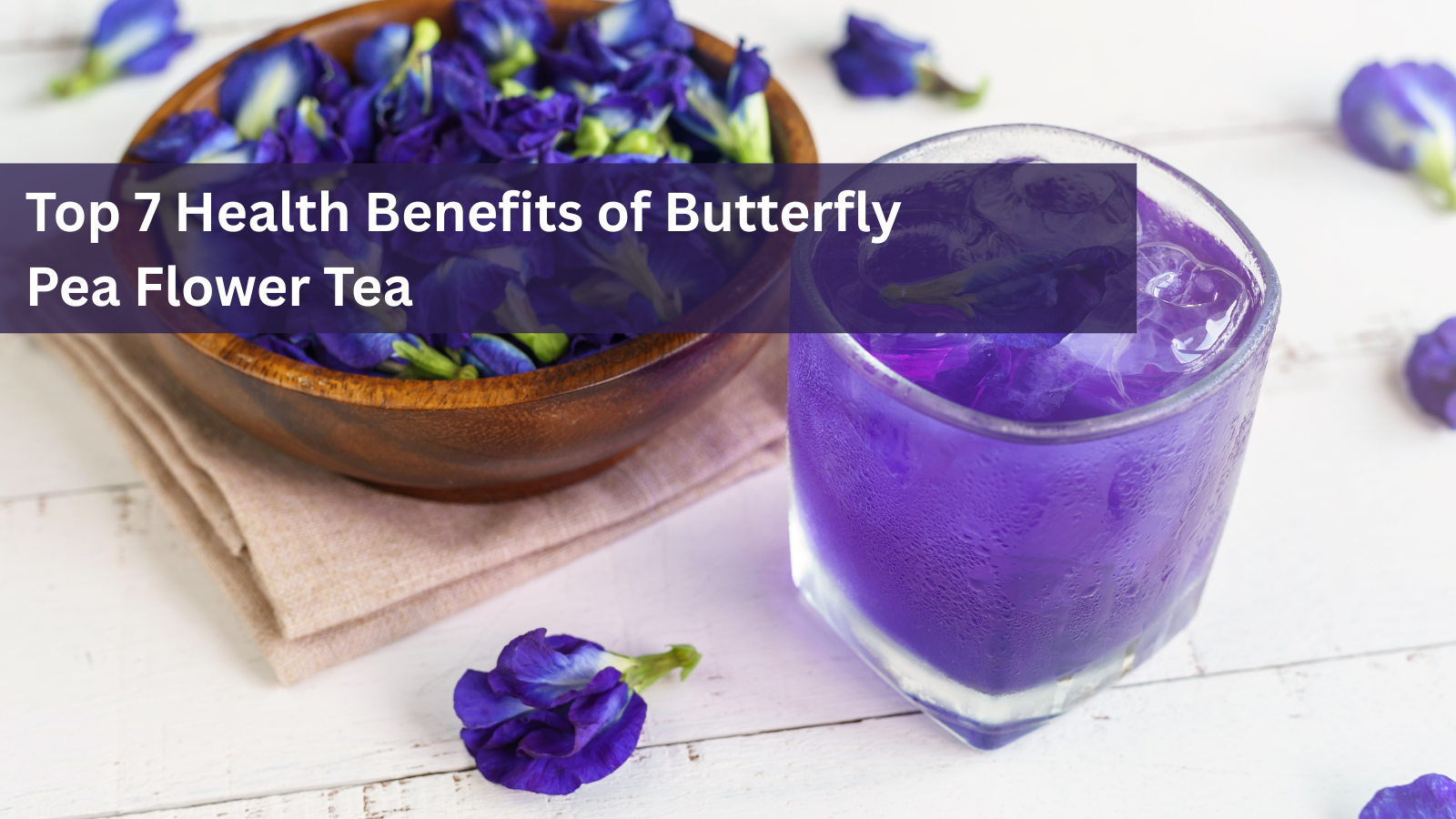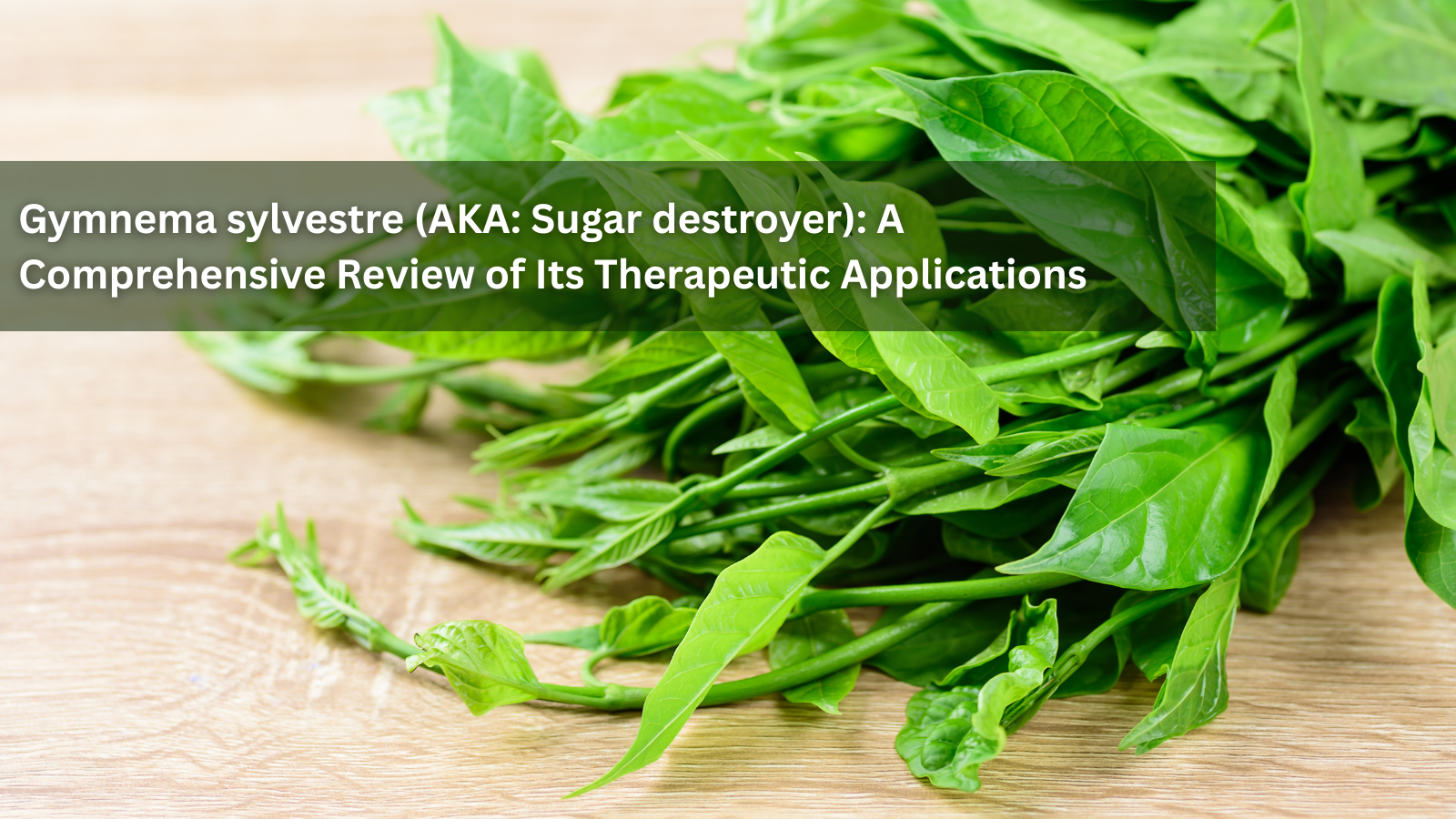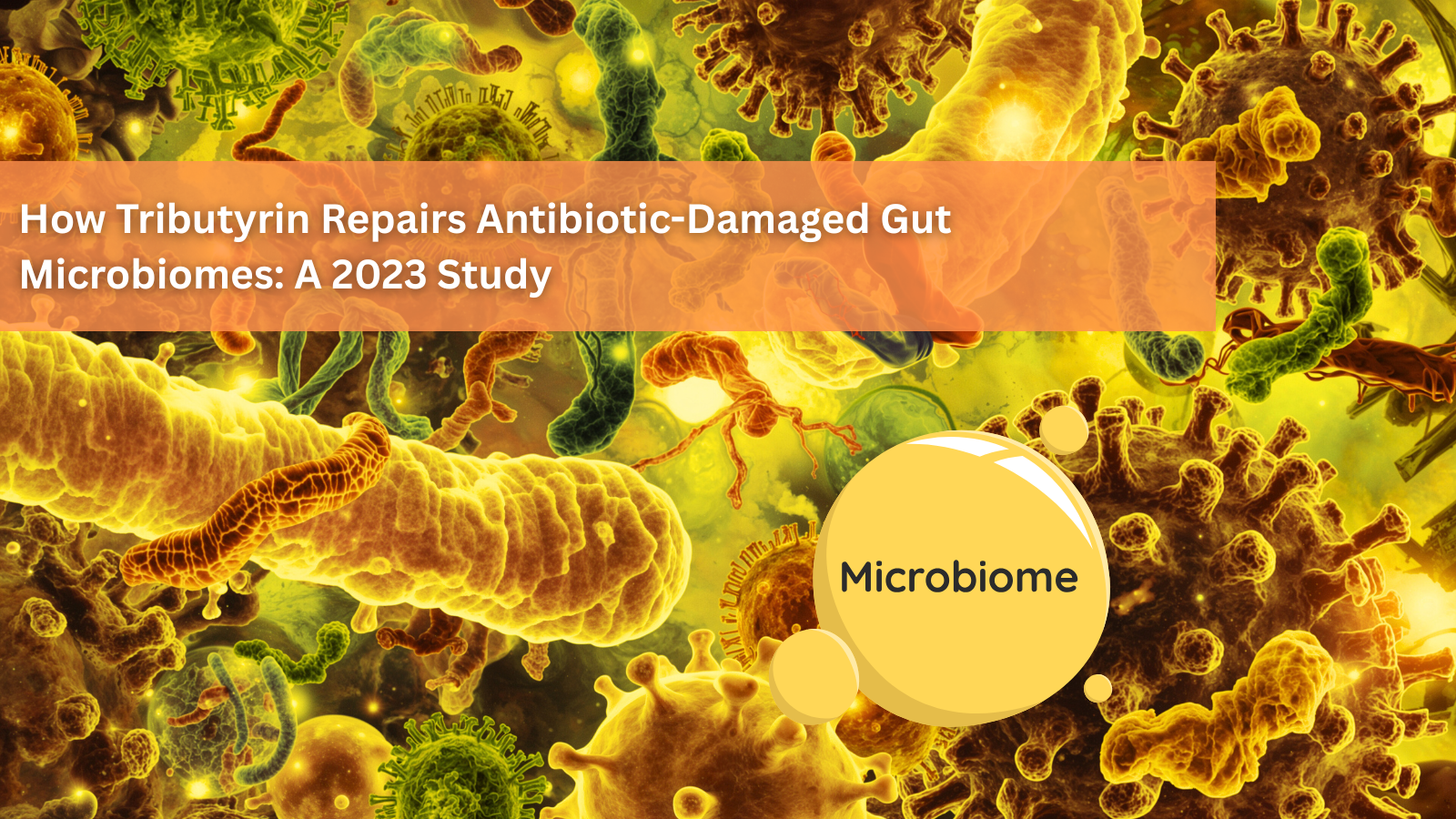How to Detox Forever Chemicals from Your Body Naturally

Table of Contents:
- How to Detox Forever Chemicals: A Practical Guide
- What Exactly Are These Forever Chemicals?
- Why Are They So Tough to Get Rid Of?
- Strategies for How to Detox Forever Chemicals
- It's a Marathon, Not a Sprint
- Conclusion
How to Detox Forever Chemicals: A Practical Guide
You've probably heard the term 'forever chemicals,' and it sounds pretty scary, right? These substances are showing up in more places, and many folks are worried about their impact on human health. It's natural to wonder if you can get them out of your system; this is why understanding how to detox forever chemicals is a big concern for so many people today.
You might be feeling a bit overwhelmed by it all, and you're definitely not alone. Learning about how to detox forever chemicals starts with knowing what these harmful chemicals are and where they come from, including various consumer products.
What Exactly Are These Forever Chemicals?
"Forever chemicals" is the nickname given to a large group of man-made substances called PFAS, which stands for per- and polyfluoroalkyl substances. There are thousands of different perfluoroalkyl substances and polyfluoroalkyl substances, but some of the most well-known pfas chemicals include PFOA (perfluorooctanoic acid) and PFOS (perfluorooctanesulfonic acid), along with newer ones like GenX. They earned their nickname because their chemical structure, featuring strong carbon-fluorine bonds, makes them incredibly resistant to breaking down in the environment or in our bodies.
This persistence means pfas molecules can stick around for a very long time, leading to accumulation. The widespread pfas pollution is a growing concern for environmental health specialists. Many people become aware of these issues through health news reports, which often highlight the challenges posed by these toxic chemicals.
So, where do you encounter these chemicals? They've been used for decades in a lot of products due to their ability to repel water, oil, and stains. Think non-stick cookware; that slippery surface often came from PFAS. They're also in some food packaging to stop grease from soaking through, like in microwave popcorn bags or fast-food wrappers, meaning pfas commonly appear in these items.
Stain-resistant carpets and waterproof clothing can contain them too. Even some personal care products and cosmetics might have PFAS. Another significant source has been firefighting foams used at airports and military bases, which has unfortunately led to extensive water contamination in certain areas, affecting local water systems and treatment plants.
The main worry with PFAS is their link to various health effects. Because they stay in your body, they can build up over time, and even small amounts can pose health risks. Research has connected higher concentrations of PFAS to several negative health effects. These can include problems with the immune system, making it harder for your body to fight off infections and potentially reducing vaccine efficacy.
Some studies also point to an increased risk of certain cancers, including kidney and testicular cancer, and potentially liver cancer. Other adverse health effects involve thyroid function disruption, liver disease such as fatty liver disease, and increased cholesterol levels, which can contribute to high cholesterol. For pregnant women, pfas exposure is a concern as it can affect birth weight and development in infants, and may lead to adverse reproductive outcomes. It's a lot to take in, which is why finding ways to reduce them is on many people's minds, as the general population faces ongoing exposure.
Why Are They So Tough to Get Rid Of?
One of the big reasons these chemicals are a concern is how stubborn they are. PFAS molecules have exceptionally strong carbon-fluorine bonds, among the strongest in organic chemistry. This structure makes them super resistant to breaking down through natural environmental processes or metabolic pathways in the body.
In your body, they can have what scientists call long half-lives. This means it takes a long, long time for the amount of PFAS in your system to reduce by half, potentially several years for some common pfas compounds. So, unlike some toxins that your body can process and get rid of relatively quickly, these chemicals like to hang around, leading to a cumulative body burden from continuous human exposure.
Because of this persistence, there isn't a simple, quick fix or a 'silver bullet' to detox them overnight. Research into ways to destroy pfas in the environment is ongoing; for example, chemist William Dichtel and his team have explored methods using common reagents like sodium hydroxide to break pfas, but these are for environmental remediation, not for detoxification from the human body. The challenge to break pfas bonds remains significant, meaning strategies focus on minimizing new exposure and supporting the body's slow, natural elimination processes.
Strategies for How to Detox Forever Chemicals
So, what can you actually do to address these persistent chemicals? The approach involves two main parts. First, you want to stop, or at least significantly reduce, new chemicals from coming in. Second, you want to help your body's natural systems do their job as best as they can to handle what might already be there.
Step 1: Cut Down Your Exposure
This is really the most important first step in limiting the impact of these harmful chemicals. If you can slow down the amount of PFAS getting into your body, you're already making significant progress. It means being a bit more mindful about everyday choices and understanding where pfas exposure can occur.
Think about your drinking water. Unfortunately, public water systems and private wells can sometimes be contaminated with PFAS from industrial discharges or the use of firefighting foams. Getting a good water filter can make a difference. Look for filters certified by NSF International or other bodies to remove PFAS; reverse osmosis systems or those with high-quality activated carbon are often recommended. You can check your local water quality reports, sometimes provided by the environmental protection agency (EPA) or local health departments, to understand if PFAS are a concern in your area's water treatment and supply.
Your kitchen is another place to pay attention. Those old non-stick pans might be convenient, but if they're scratched or from an era before PFOA was phased out, they could be releasing PFAS. Consider switching to alternatives like cast iron, stainless steel, glass, or ceramic cookware that is clearly labeled PFOA and PTFE-free. It might take a little getting used to, but it's a positive change for reducing your pfas exposure from cooking.
Food packaging is tricky because it's hard to know what's in everything. Generally, eating more fresh, whole foods and less processed or packaged foods can help. This naturally reduces your contact with food packaging that might contain these toxic chemicals, as pfas commonly line containers for greasy or oily foods. When you do get takeout, try to avoid foods that come in those slick, coated containers if you can, especially if the food is hot, as heat can increase leaching.
Believe it or not, even dust in your home can contain PFAS from treated carpets, upholstery, textiles, and even some electronics. Regular vacuuming with a HEPA filter and dusting with a damp cloth can help reduce indoor pfas exposure. When buying new furniture or carpets, look for options that are marketed as PFAS-free or stain-resistant without using fluorinated chemicals; this information might be available from the manufacturer or retailer. Increasing ventilation can also help reduce indoor air contaminants.
Checking labels on personal care items can also be helpful. Some cosmetics, dental floss, and lotions have used PFAS for their smooth texture, water resistance, or durability. While the industry is slowly changing, opting for products with simpler, more natural ingredient lists, and looking for "PFAS-free" labels, can be a good strategy to minimize skin contact with these pfas compounds.
Here's a summary of common sources and how to reduce exposure:
| Source Category | Common Items with PFAS | Reduction Strategies |
|---|---|---|
| Drinking Water | Contaminated tap water from public water systems or private wells. | Use certified water filters (e.g., reverse osmosis, activated carbon); check local water quality reports. |
| Cookware | Older or scratched non-stick pans (Teflon containing PFOA/PTFE). | Switch to cast iron, stainless steel, glass, or certified PFAS-free ceramic cookware. |
| Food Packaging | Grease-resistant wrappers (fast food, microwave popcorn bags), some coated paper plates. | Reduce consumption of heavily packaged/processed foods; opt for fresh ingredients; avoid direct contact with suspect packaging. |
| Home Furnishings & Textiles | Stain-resistant carpets, upholstery, waterproof apparel. | Choose PFAS-free options when purchasing new; vacuum frequently with a HEPA filter; increase ventilation. |
| Personal Care Products | Some cosmetics (foundation, mascara), dental floss, lotions. | Read ingredient lists carefully (look for "fluoro" or "perfluoro" ingredients); choose products labeled PFAS-free or with simpler formulations. |
While you are researching PFAS-free consumer products or health information online, you might encounter targeted ads based on your browsing history. Many websites have a privacy policy outlining how personal data is used for online advertising and offer privacy choices. Reliable health news and scientific updates about pfas chemicals can sometimes be found through reputable sources, though information on social media platforms like facebook facebook or twitter twitter, and even from professionals on linkedin linkedin, should always be cross-verified with trusted environmental health resources.
Step 2: Help Your Body's Natural Detox Systems
Your body is quite intelligent. It has its own ways of cleaning house, mainly through your liver and kidneys, supported by your digestive system. Giving these organs some support can optimize their natural detoxification processes, though this is about general wellness rather than directly targeting existing pfas molecules for rapid removal.
Your liver is a powerhouse for detoxification. Foods that are good for your liver include things like cruciferous vegetables – broccoli, cauliflower, kale, and Brussels sprouts are great examples as they support detoxification pathways. Antioxidant-rich foods like berries, nuts, and dark leafy greens also help protect the liver from damage. Herbs such as milk thistle and dandelion root have a long history of use for liver support, though you should always talk with a health practitioner before starting new supplements, especially if you have fatty liver disease or other liver conditions. Keeping alcohol intake moderate also gives your liver a break from processing additional toxins.
Your kidneys filter waste from your blood, so keeping them happy is important for eliminating water-soluble waste. The simplest thing you can do is drink enough water. Staying well-hydrated helps your kidneys flush things out efficiently; plain, clean, filtered water is best.
Don't forget your gut microbiome. A healthy gut plays a crucial role in how your body handles various substances and in overall immune health. Eating plenty of fiber from fruits, vegetables, legumes, and whole grains helps keep things moving through your digestive system. This can aid in the excretion of waste products bound in bile. Foods rich in probiotics, like yogurt with live cultures, kefir, sauerkraut, kimchi, and other fermented foods, can also support a healthy gut environment and potentially influence metabolic syndrome risk factors. You can also consider a good quality prebiotic or probiotic supplement after consulting your healthcare provider.
What about sweating? Some people wonder if you can sweat out PFAS. While sweat is a known way for the body to get rid of certain toxins, the evidence for significant PFAS removal through sweat is still being researched and appears limited for these particular chemicals. However, activities that make you sweat, like exercise or using a sauna, are great for overall health, circulation, and supporting your body's total detox capacity for other compounds. If you do use a sauna, many people prefer infrared saunas for their potential benefits, but always hydrate well.
Can Certain Substances Help Remove PFAS?
This is an area of active research, and caution is important. Some substances have been studied for their ability to bind to toxins in the gut and help carry them out of the body. It's important to know that these are not miracle cures and should be discussed with a healthcare professional who understands your specific health situation and potential for negative health effects from improper use.
Activated charcoal is one substance known for its strong binding properties. It's often used in emergency situations to treat certain types of poisoning by adsorbing toxins in the gut. The thought is that it might also bind to some pfas chemicals in the digestive tract, preventing their absorption or reabsorption. While it's a popular general "detox" supplement, direct human studies proving it significantly helps eliminate an existing body burden of PFAS from higher concentrations in the blood are limited. If you consider using it, do so cautiously and not at the same time as medications or other supplements, as it can bind to them too, reducing their effectiveness.
Things like chlorella and spirulina, types of algae, are also sometimes mentioned for detoxification support. They are thought to act as binders for heavy metals and other toxins due to their chlorophyll content and fibrous cell walls. Again, strong scientific proof directly linking them to large-scale PFAS removal in humans needs more research. They are generally considered safe as food supplements for most people but discuss with your provider, especially regarding source and purity. A functional medicine practitioner might incorporate such substances as part of a broader health plan.
Remember, your body eliminates PFAS very slowly, primarily through urine and, to a lesser extent, menstrual blood for women. The strategies above are mostly about supporting these natural pathways or, in the case of binders, trying to interrupt reabsorption in the gut. It's not about "pulling" these toxic chemicals out through your skin or magically dissolving them; there is no quick fix for how to detox forever chemicals.
Lifestyle Choices That Make a Difference
Beyond specific foods or supplements, your overall lifestyle plays a big part in your body's resilience. Regular physical activity is fantastic. Exercise boosts circulation, gets your lymph system moving (which is crucial for waste removal), and supports overall metabolic health. All of these things contribute to your body's ability to deal with stressors, including chemical ones like pfas exposure.
Getting enough good quality sleep is also super important for health. During sleep, your body does a lot of repair and cleaning work, including at the cellular level. If you're not sleeping well, these processes can suffer, potentially impacting your body's ability to manage its toxic load over time. Aim for 7-9 hours of restful sleep each night in a dark, quiet room.
Managing stress is another piece of the puzzle. Chronic stress can put a strain on your body, including your detoxification systems and immune response, potentially increasing your risk for various health problems. Finding healthy ways to cope with stress, whether it's through meditation, yoga, spending time in nature, deep breathing exercises, or hobbies you enjoy, can have widespread benefits for your health and ability to cope with adverse health factors. Addressing mental well-being is a critical component of overall environmental health resilience.
Working with a Healthcare Professional
This is really important. If you're genuinely concerned about your PFAS levels or how to detox forever chemicals, please talk to a doctor or a qualified healthcare practitioner, such as one specializing in environmental medicine or functional medicine. They can discuss your individual risk factors, potential sources of pfas exposure, and if testing your blood for PFAS levels (like PFOS levels) is appropriate for you. Though this isn't yet a routine test everywhere, and its interpretation needs expertise, it can sometimes provide useful information for the general population concerned about their body burden.
A knowledgeable professional can also guide you on any supplements or detoxification strategies safely, especially if you have existing health conditions (like thyroid disease or fatty liver) or take medications. They can help you make sense of information you might encounter, for instance, in health news or discussions on social media, and separate evidence-based approaches from unproven claims. Your health is specific, and any plan should reflect that, rather than relying on generalized advice which might pose health risks.
Avoid anyone promising a quick fix or a secret cure. Detoxification, especially from persistent chemicals like per-and polyfluoroalkyl substances, is generally a slow, supportive process that focuses on reducing ongoing exposure and optimizing natural elimination, not a rapid cleanse. Be wary of online advertising that promotes unverified "detox" products or services that pose health risks or are not backed by credible research.
It's a Marathon, Not a Sprint
Dealing with 'forever chemicals' and their potential negative health effects is a long-term game. Because they stick around for so long, reducing your body burden of these perfluoroalkyl substances won't happen overnight. The main thing is to be consistent with your efforts to reduce exposure and support your body's health.
Small, sustained changes over time are what make the biggest difference. Try not to get discouraged by the scale of pfas pollution or the persistence of these pfas molecules. Every positive step you take to reduce your pfas exposure and support your body's resilience helps.
Conclusion
It's totally understandable to feel worried about 'forever chemicals' and the health risks they pose. The news about pfas compounds and their presence in consumer products and the environment can seem pretty grim. But remember, you're not helpless in the face of these toxic chemicals.
By focusing on reducing your new exposures from sources like contaminated water systems or certain food packaging, and supporting your body's natural detox pathways and gut microbiome, you can take meaningful action. Knowing how to detox forever chemicals is about empowering yourself with information and making conscious choices every day to protect your human health from these harmful chemicals. Always work with a trusted healthcare professional for guidance that suits your individual health status and to address concerns about adverse health effects, and be patient with the process of minimizing your body's burden of these persistent pfas chemicals.
2 comments

October 26, 2025
Top 7 Health Benefits of Butterfly Pea Flower Tea
Butterfly pea flower tea, derived from Clitoria ternatea, is a vibrant, caffeine-free herbal beverage celebrated for its striking blue hue and array of potential health benefits. Traditionally consumed in Southeast Asia, this tea has ga...
Read more
October 26, 2025
What is the Sugar-Stopper Herb Gymnema sylvestre? A Comprehensive Review of Its Phytochemicals and Therapeutic Applications
Abstract Gymnema sylvestre (Retz.) R.Br. ex Sm., a perennial woody climber indigenous to tropical and subtropical regions, has been utilized extensively in traditional Ayurvedic medicine for centuries. This review examines the phytochem...
Read more
October 26, 2025
How Tributyrin Repairs Antibiotic-Damaged Gut Microbiomes
Antibiotics save lives, but they come with a hidden cost: the destruction of our gut microbiome. While these powerful medications eliminate harmful bacteria, they also devastate the beneficial microorganisms that keep our digestive syste...
Read more




Aloha & Blessings….I found Dr Hulda Clark via a substack post of an old utube presentation and since this time, I have done the 18 day Para-cleanse and heading into the para cleanse maintenance program. The pamphlet with the charts to follow is extraordinary, well thought out and very specific in its guidance/protocol to follow and even color coded. Since subscribing to receive the newsletters chock full of beneficial antidotes to help detox the body of all sorts of nasty buildup to include parasites is amazing. I look forward to receiving the newsletters full of further helpful information, so I can help keep myself from being compromised by the negative Human Beings who look to do harm to their fellow Human Beings, Animals and the ecosystem. I appreciate the passionate folks who continue to provide what Dr Hulda Clark discovered and made available publicly without being censored or compromised. 8.25.25
what an interesting article:) thanks
Leave a comment